“Guards” month for continues for Back to Basics of Italian Rapier class. We’re spending the entire month looking at each of the four primary guards of Italian rapier.
Last night we focused on the second guard — Seconda— including how to hold the sword & body in seconda, the properties of the guard, it’s uses, and some basic plays folks can do as a solo drill.
The Basics

Seconda is named as such because of it’s natural position in relation to prima. We’ll go into the details of forming a strong seconda in a later section, but we get into this guard by, from prima, turning our hand so our palm faces down and with our arm in a straight line from our shoulder.
While most masters have just one version of seconda, Fabris shows off four versions of seconda (two of which are very extra). We’re looking at the common positioning of seconda found throughout the late-Renaissance Italian masters,
Properties

Seconda is good for defending and offending on the high outside line (though there are versions where we’ll use seconda to strike the low-line, too).
The advantages of seconda is that it’s good at receiving cuts. If your opponent throws a cut that’s coming from your outside line (a riverso if you’re both righties or both lefties), you can collect their attack by aiming the point of your sword at their weapon. Their debole should slide into your forte while you strike in seconda.
Also because this guard is held with a hip-hinge, so your torso is inclined forward, a lot of our main target areas is withdrawn from our opponent. Our head is the main target but is safely tucked away behind our hilt.
The biggest disadvantage is that it can be a tiring guard to hold after a while and is far away from other prime target areas, making defending the inside line a longer tempo.
If your opponent approaches you on seconda, you’ll want to take a counter guard of quarta to the inside line or terza to the outside line.
How to Form Seconda


Feet/Stance. Hold your feet in a moderate distance (not as wide as your normal Defensive Stance).
If this is uncomfortable, you can bring them closer together (as shown in Fabris). What will work best for you will vary based on your body structure (hips, femur, etc.) and current strength/mobility level.
Roughly 80% of your weight should be held over your back leg.
Arm & Hand. Your arm should be extended at shoulder height. Your sword-arm should be in a straight line from shoulder to sword, and help parallel to the ground. This maximizes our reach. Your hand should be turned so your palm faces down.
Body. Hold this guard while in the Forward Guard/Offensive Posture. That means hip hinging forward over your forward-facing pelvis.
This hinging doesn’t have to be as extreme as shown in Fabris. A slight or moderate hinge is also fine if that’s more comfortable and you can move just fine.
Also engage your back muscles with a slight retraction of your scapula (shoulder blade). This will help keep your shoulders more neutral which will:
- Shift some of the sword weight off your delts and onto your back, making holding the guard longer a little easier and,
- Lessen the chance of a shoulder injury.
You may need to square up your torso a bit in this guard. That’s fine, though I would recommend not squaring up anymore than necessary.
Sword. Your sword should be held with the true edge facing to your right (so if you’re a righty, it’ll face the right), and the quillons held horizontal.
The blade should be parallel to the ground. Aim your tip at your opponent’s eye.
Head. Your head should be tucked safely behind your hilt, to your inside line.
Off-Hand. Your off-hand should be held by your face or held by your sword-elbow to help cover the low-outside line (a closed-guard).
When striking in seconda, it’s useful to use your off-hand and arm to cover the low-outside line.

Special Considerations
If you have a larger carrying angle of your elbow/forearm, you might find seconda a weaker or more uncomfortable guard to be in. This typically most common in people assigned female at birth.
If this is the case, you may to try to keep your opponent on your inside line more than the outside line. Or set them up to engage on the inside.
You can also overcompensate for a weaker seconda by engaging your lats and your triceps. Think about trying to rotate your triceps toward your midline (toward your chest). This can help, though it may take some tweaking and getting used to.
Plays

We also went over a few basic plays or uses for seconda. This is just a sampling and not at all exhaustive.
Play #1 – The Bread & Butter

This is one of the first plates found in all the late-Renaissance Italian fencing masters treatise, such as Plate 7 in Alfieri. It’s a strike in seconda in controtempo.
- Find your opponent on the inside line
- Your opponent, being an intelligent fencer, performs a cavazione to attack your open outside line.
- In the tempo of their cavazione, turn your hand into seconda, picking up their debole with your forte and strike.
Depending on how dedicated they are to their attack, you may only need to transition into the forward-posture of seconda. If they’re less invested in their attack or the range difference between you and your opponent is greater, you may need to lunge to make up the rest of the measure.
Play #2 – The Punta Dritto
This is one of my fav Plan Bs.
- Find your opponent on the inside line and lunge in quarta
- Your opponent parries with a retreating step.
- Instantly, turn your hand from quarta to seconda and strike around their weapon with your false edge (aka a punta dritto) while taking a passing step. Use your off-hand to oppose the opponent’s blade or seize their hilt.
This is especially good against opponent’s who make large parries, parry with their tip high, or just overcommit to the parry, giving you a longer tempo to follow up your original attack with a “reprise” of sorts.
Depending on the size and position of the opponent’s parry, you may need to extend your arm further to your outside line to create a greater crossing around the opponent’s sword. Only move the arm laterally as much as you need to; the further to the side it goes, the less reach you have.
Play #3 – The Contracavazione

This is another classic Italian rapier play. We see this in Plate 7 of Giganti.
- Find your opponent’s weapon on the outside line.
- Your opponent, being an intelligent fencer, performs a cavazione to attack your open inside line.
- In the tempo of their cavazione you perform a contracavazione (i.e., a disengage that counters their disengage, aka a counter-disengage) to keep your opponent’s weapon on your outside line. Finish with a lunge or other footwork.
Similarly to Play #1, depending on how invested your opponent is to their attack will depend on what sort of footwork you use to strike.
This play is also more effective from a wider measure where it’s easier and stronger to perform cavaziones than a volta stabile (hand turn that we see in Play #1). If we were in a closer measure, the contracavazione may be too big to be effective, so turning your hand into quarta and striking would be the optimal move (this would be Play #1 but in reverse).
Play #4 – The Mezza Cavazione

This is a common sequence seen throughout Alfieri’s manual. It involves a mezza cavazione which is a half-disengage. So instead of going from high-inside to high-outside, we’d be going from high-inside to low-inside.
- Find your opponent on the inside line.
- Perform a high feint to the opponent’s face
- Your opponent moves to parry the feint
- In the tempo of their parry, perform a mezza cavazione and turn your hand into seconda. Strike with a passing step or a lunge.
Few key notes here. First, the feint needs to be at the opponent’s face. This is to get them to open their low-line more. If you feint at their chest, it’s much easier for them to just parry without changing the height of their hilt.
Secondly, you can perform this mezza cavazione simply by turning your hand from either terza or quarta (depending which guard you used for the feint) into seconda while keeping the point low.
Lastly, even though your tip is low in this seconda, you still want to keep your arm at shoulder height.
Play #5 – The Riverso to Seconda
We don’t see a lot of cuts in the SCA, but it’s worth exploring how they can be included into an action.
- Your opponent has you found on the inside line and attacks
- Instead of parrying, you perform a yield-parry (you’ll look like you’re in a Arnold Schwarzenegger “Conan Pose”, looking over your bicep.
- Perform a Riverso Squalumbratto and cut into the opponent’s blade, clearing it away. Transition into a closed-guard seconda and strike your opponent.
Couple notes here. First, think of this riverso squalumbratto as a very powerful beat. It’s not a full cut. You just want to clear the opponent’s blade and keep yours, more or less, at the centerline.
Next, it’s important to do this with a closed-seconda. Because we’ve cleared our opponent’s sword down and away, their most likely path when bringing their point back on line is our low line below our sword. We can protect ourselves by either striking in terza with our hilt a little low and point high (this is the most common way of performing the action), or we can strike in seconda but we want the off-hand covering our low-outside line just in case.
Class Video
Here’s a recording of the class. It’s more or less what’s written out in this blog post, plus a strength/conditioning routine in the second half of the class.
DONATIONS: Classes are 100% free, however, if you find these sessions useful, please consider a small donation so I can continue to produce rapier & other historical martial arts content. Donate at https://www.paypal.me/thetavernknight
SOURCES
Alfieri, Francesco Ferdinando. La Scherma: The Art of Fencing. Padua, 1640. Translated and edited by Caroline Stewart, Phil Marshall, and Piermarco Terminiello. Fox Spirit Books, 2017. https://amzn.to/366AtNG
Alfieri, Francesco Ferdinando. La Scherma: on Fencing, 1640 Rapier Treatise. Padua, 1640. Translated and edited by Tom Leoni. Self-published: Lulu, 2018.
Capoferro, Ridolfo. Gran Simulacro. 1610. Courtesy of Guy Windsor https://gumroad.com/guywindsor#RETLh
Fabris, Salvator. Fabris’s Sienza e Pratica d’Arme, 1606. Scanned by Petteri Kihlberg (2015). Courtesy of Guy Windsor. https://gumroad.com/guywindsor#xgWFH
Giganti, Nicoletto. Venetian Rapier: The School, or Salle. Nicoletto Giganti’s 1606 Rapier Fencing Curriculum. Translated by Tom Leoni. Wheaton, IL: Freelance Academy Press, 2010.



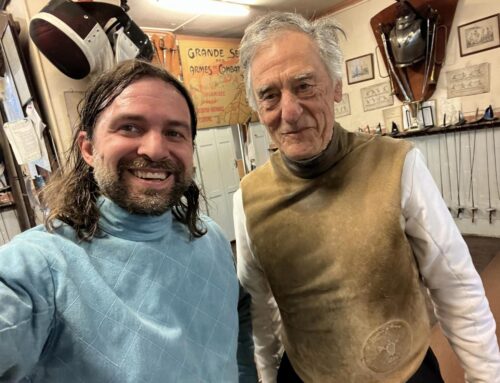
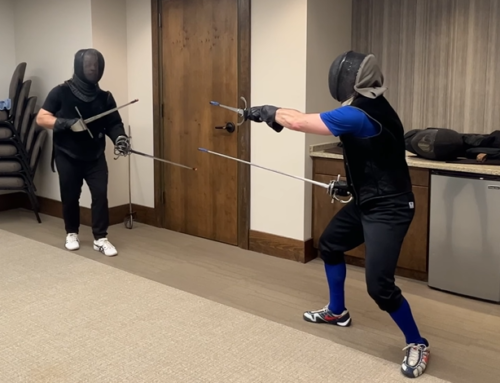
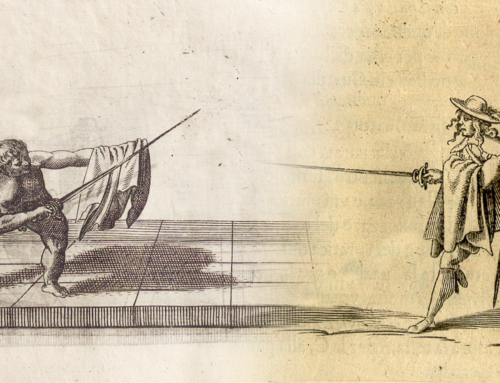

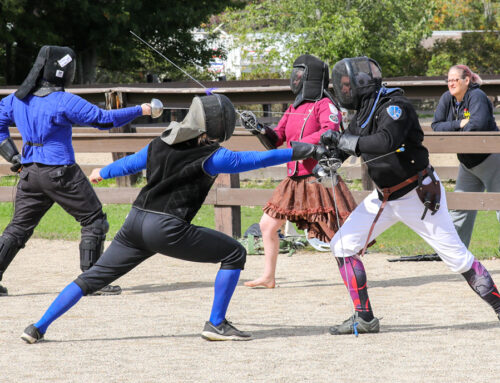
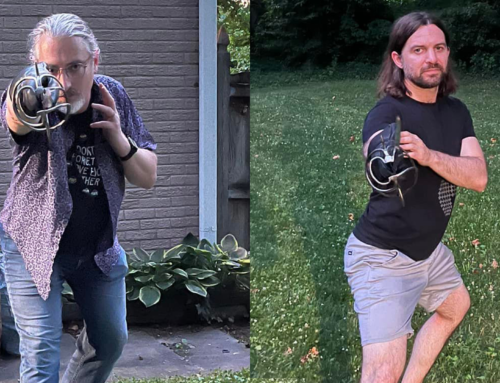
Leave A Comment